
Gonny Smit
As a Marketing Communication Specialist, I get to read, write, and learn a lot about behavioral neuroscience. I spend my days creating anything from videos and blog posts to website and leaflet content. Outside of the office, I love spending time with my horse, working out, and traveling.

Video tracking and a bug repellant stronger than DEET
Last year the news was hitting the internet: The Zwiebel lab (Vanderbilt University, Nashville, Tennessee, USA) may have found a new bug repellant that is stronger than DEET.
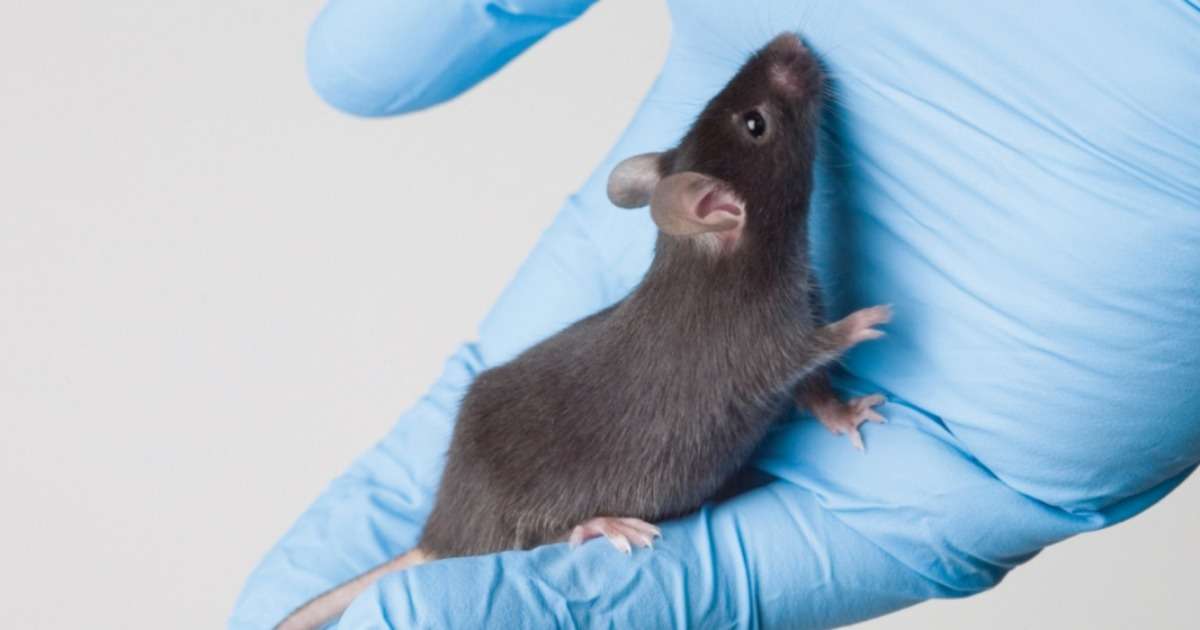
Optogenetics - Shining a light on brains and behavior
Brains are complicated. We all know that. Like an entangled bunch of wires. Still, over the years, neuroscientists have been able to map out several brain regions and their functions in behavior and physiology.

Tracking tadpoles – why video tracking is important in ecotoxicology
The study of behavior has proven itself to be useful in the context of ecotoxicology; the assessment of the impact of pesticides on ecology systems. It is a valuable tool in the risk assessment.
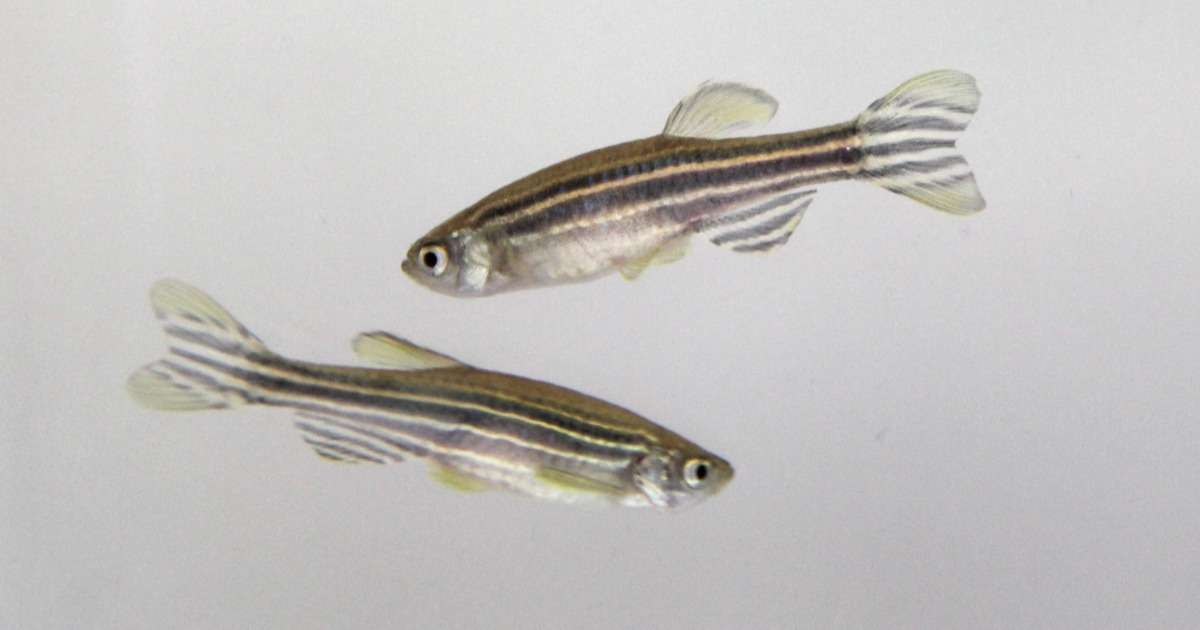
5 must-read articles on zebrafish behavioral research
I have been reading a lot about zebrafish research lately and I thought it would be nice to share some of my favorite articles with you.

Don’t dwell on it… dive into zebrafish research!
I recently wrote about other translations from rodent studies to zebrafish, such as the investigation of learning and memory and social behavior. Now it’s time to talk about anxiety and exploration.
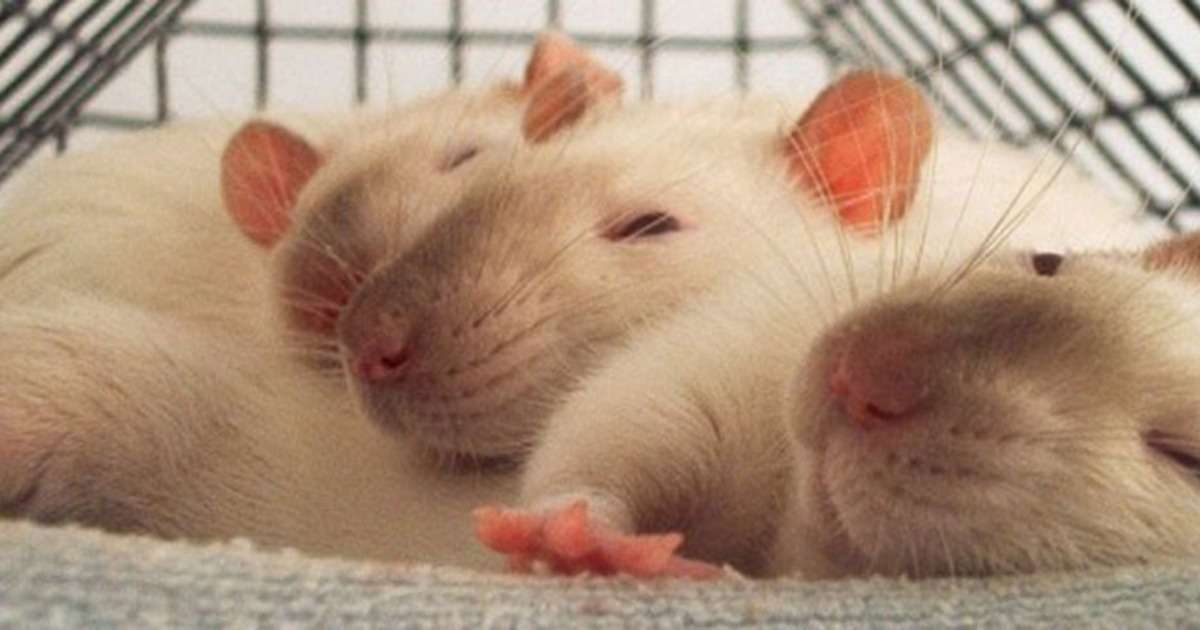
The search for autism models continues - why rats are important
Autism (ASD) continues to be an important topic in scientific research. Although finding the actual cause of ASD is still years away, there have been several studies that point to a strong genetic component.

Drunken mice get aggressive on Alzheimer’s drugs
Will there ever be a cure for alcoholism? Well, some laboratory studies show that certain drugs might stop the cravings. But they might also cause serious side-effects such as aggressive behavior.
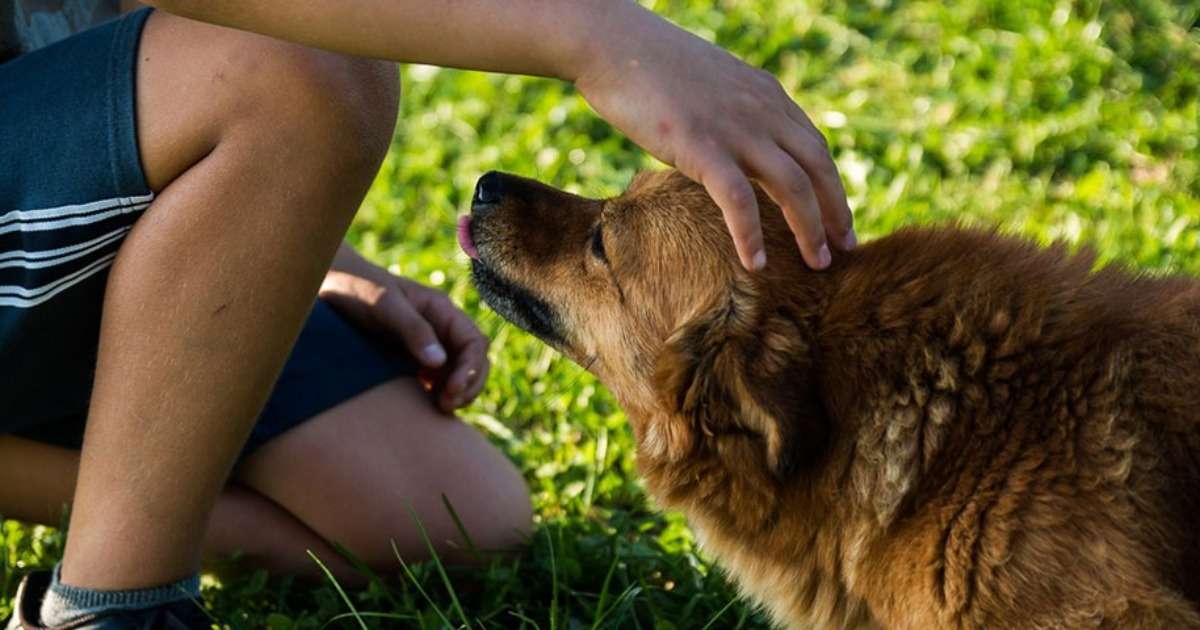
A story of dogs and dolls
When finding the right dog for yourself, you probably won’t choose an aggressive one, will you? You don’t want it to attack your friends, kids, or other dogs. You could try using a temperament test, but how reliable are they?
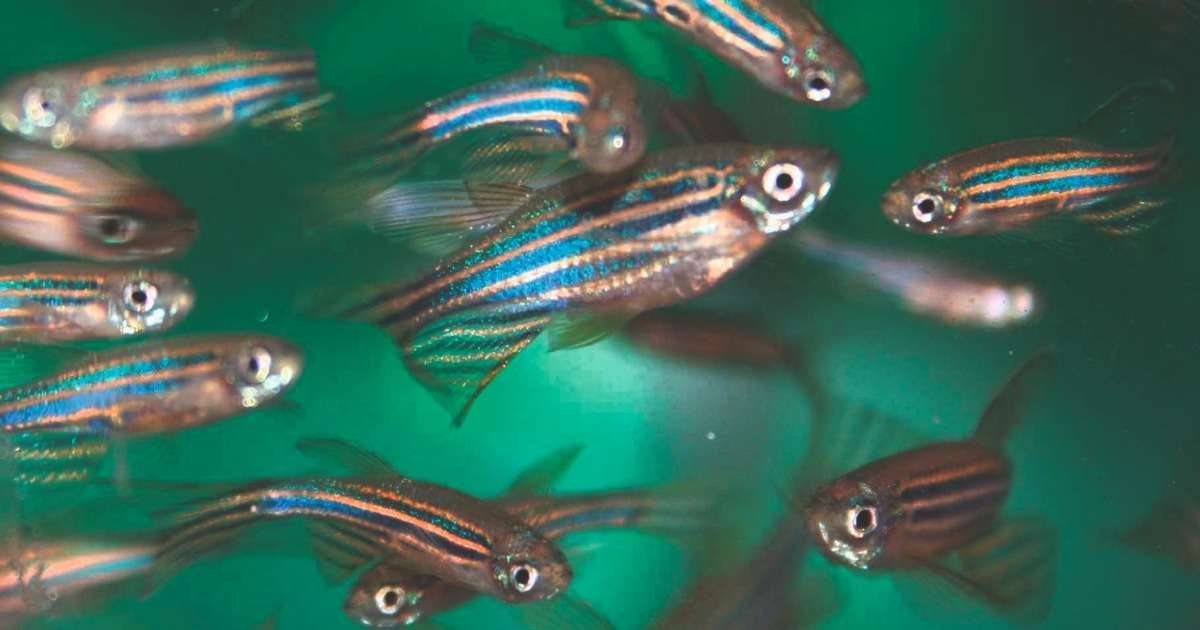
Sex preference and other social aspects of zebrafish behavior
Social behavior is a well-known topic of neuroscience research, since it is so often affected in psychiatric disorders. Think of obvious examples such as schizophrenia and autism.
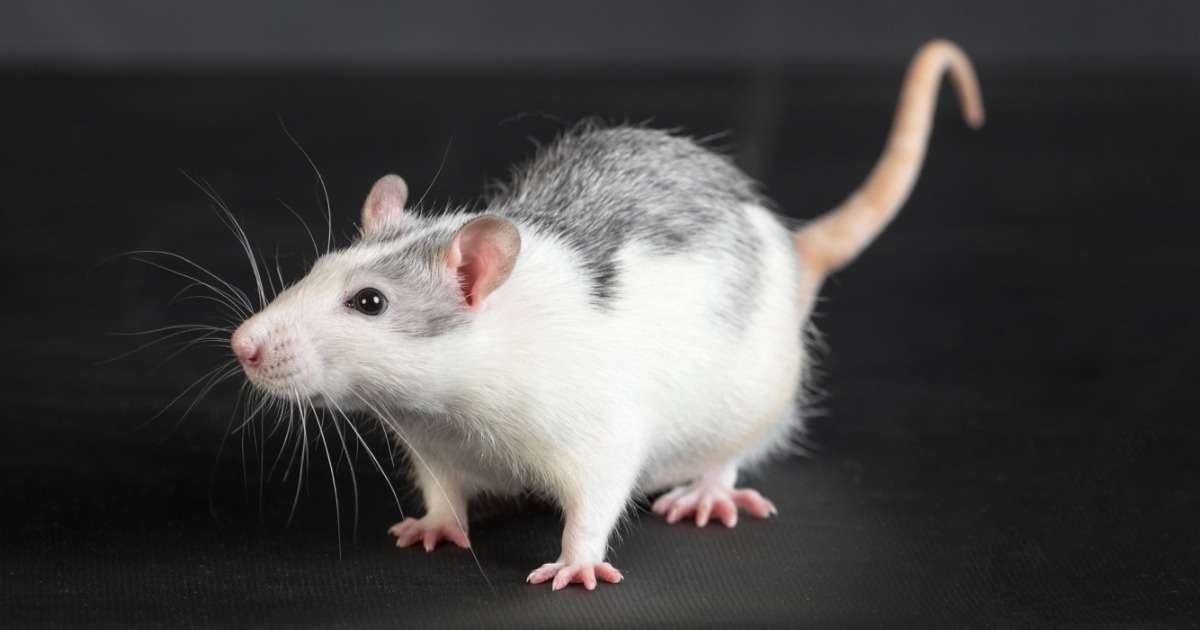
Time based relations in gait analysis
I have written two blog posts about static gait parameters. Now it’s time to talk about all four paws, and the time based relationships between them. If you ask me, we’ve been saving the best blog post for last!
